When people think of the Nordics, they often think of landscapes covered by vast green forests punctuated by compact urban innovation hubs. And a sense of responsibility about how to use resources sustainably.
So it should come as no surprise that the region’s unique marriage of nature and innovation is redefining the way buildings are conceived and built – with the aim of making construction, buildings, and even entire cities greener and more sustainable.
“We’re bringing the forest into the city,” says Cathrine Wallenius of the renewable materials company Stora Enso.
How? By developing new wood-based construction materials that have the potential to replace the steel and concrete commonly used today.
As a result, wood is no longer just the preferred building material for single-family homes and quaint country cottages; it’s also gaining in popularity when it comes to the construction of apartment buildings, shopping malls, schools, stadiums, and high-rises– even whole cities.
And the results can be incredible. See for yourself:
Campus building OMICRON electronics GmbH Klaus, Austria
.jpg)
Trummens Strand residential project, Växjö, Sweden
But what’s almost more impressive is how using wood makes buildings and cities more sustainable. Due to the fact that wood harvested from sustainably managed forests stores carbon absorbed from the atmosphere, using more wood in more buildings has the potential to transform cities into huge carbon stocks.
That keeps more carbon out of the atmosphere longer, which helps combat climate change.
“Our main goal is to increase the use of wood and replace as much fossil-based material as possible with wood,” says Wallenius.
And while this transformation to more wooden buildings is still in its early stages, the results so far are pretty amazing:
Apartment building Les Ardennes Street, Paris, France
Student houses Trondheim, Norway
Stora Enso is a market leader in spearheading the construction industry’s pivot toward the wider use of renewable, wood-based materials.
For starters, the company is among the largest producers of cross-laminated timber (CLT) – which acts like the concrete in traditional construction – and laminated-veneer-lumber (LVL) – which serves the same function as steel.
Stora Enso is also on the cutting edge of developing other wood-based biomaterials that can replace glues, laminates, and even plastic-like materials that are currently dependent on fossil-based materials.
Check out the video below to see exactly how much a tree can do:
“We see ourselves as leading a paradigm shift in wood. We’re starting with residential, but there are other building types to come such as: schools, office buildings, and more,” Wallenius explains.
And to help speed up the transition, Stora Enso has pioneered an entirely new approach to planning and construction that makes building with wood as easy as building with Lego.
Launched in 2016, Building Systems by Stora Enso offers planners, architects, and builders detailed guidelines about how to build wooden residential buildings.
“We’re providing instructions for how to build multi-storey residential buildings using wood,” explains Wallenius. “We show you how to plan, draw, produce, and maintain wooden buildings of up to 12 storeys – it’s like a how-to manual.”
Crome Court – University of East Anglia Norwich, Norfolk, United Kingdom
The system reduces planning and construction times, making it easier for builders to conceive and execute wooden building projects – and get the work completed faster.
“This simplifies the process of building with wood by giving architects, engineers, construction companies, investors, and city planners the guidance they need,” Wallenius adds.
So far, Building Systems by Stora Enso has been launched in Austria, Finland, France, Germany, Sweden and the United Kingdom, realising projects such as the following in the UK and France:
.jpg)
Ongoing Building Systems project in Basildon, UK (Photo: Pollard Thomas Edwards Architects)
.jpg)
Ongoing Building Systems project in Tremblay-en-France, France (Photo: Pablo Katz Architecture)
Stora Enso isn’t alone in promoting the advantages of wooden buildings. In fact, the company hopes more and more stakeholders get involved.
“The wood industry needs to cooperate in order to function and expand. We need to have a wider transfer of knowledge and expertise in addition to just the products,” says Wallenius
“We also need to reach out to city planners, architects, engineers – that’s where the decisions are made – to make sure they are aware of the possibilities of wood construction and have the arguments for why building in wood is better than using other building materials.”
So you can expect wooden buildings to be popping up in more cities and towns in the years ahead as Stora Enso’s innovations help more people realize that “wood is good” – for not only builders and homeowners – but also for the environment.
This article was produced by The Local's Client Studio and sponsored by Stora Enso.

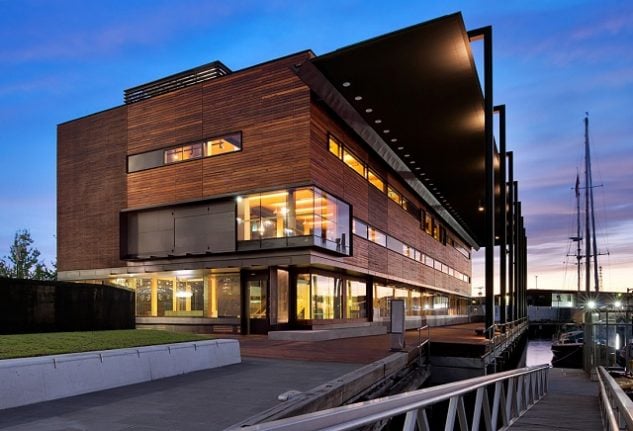
.jpg)
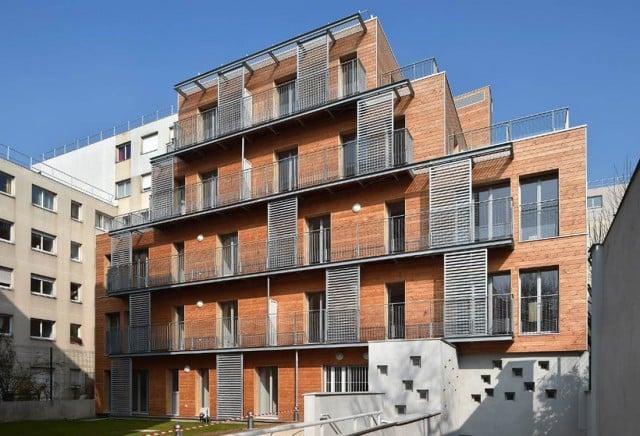
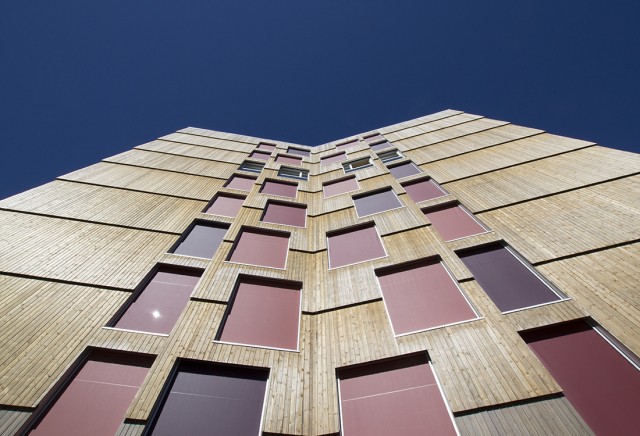
.jpg)
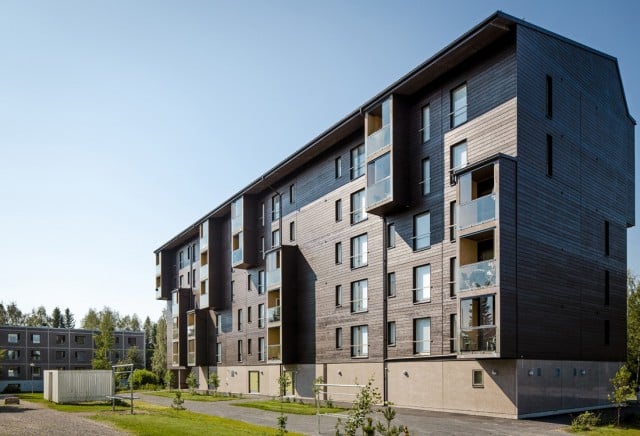
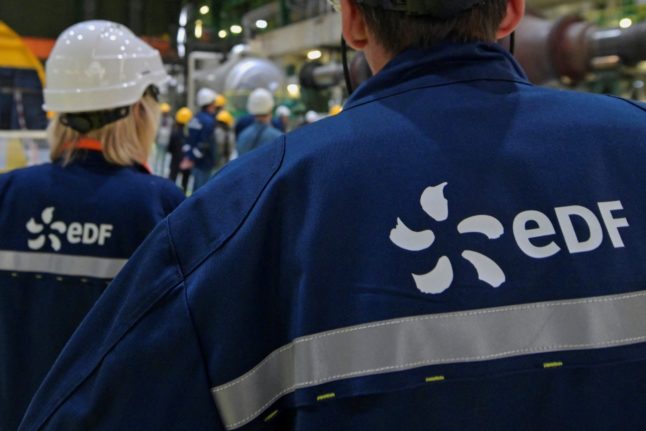
 Please whitelist us to continue reading.
Please whitelist us to continue reading.